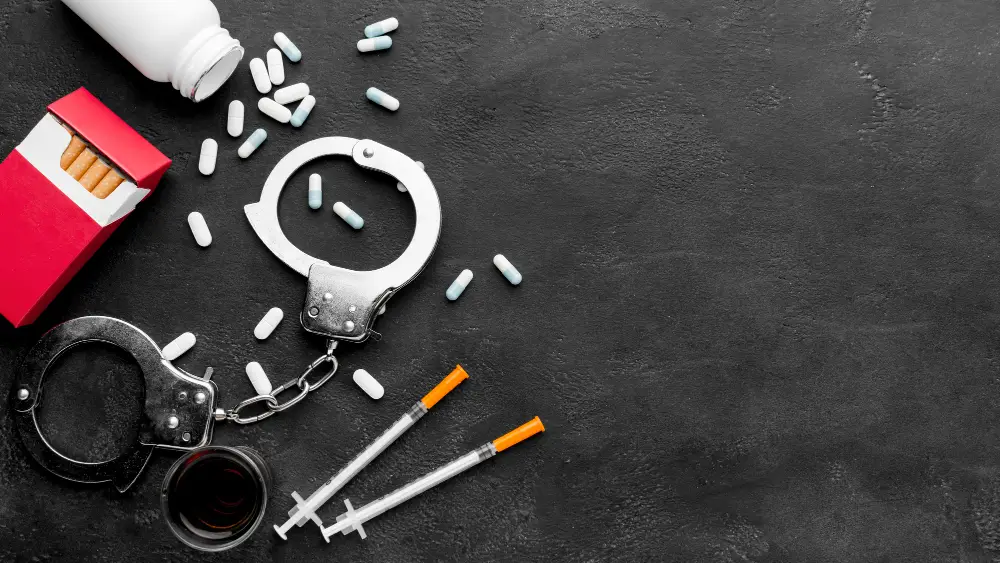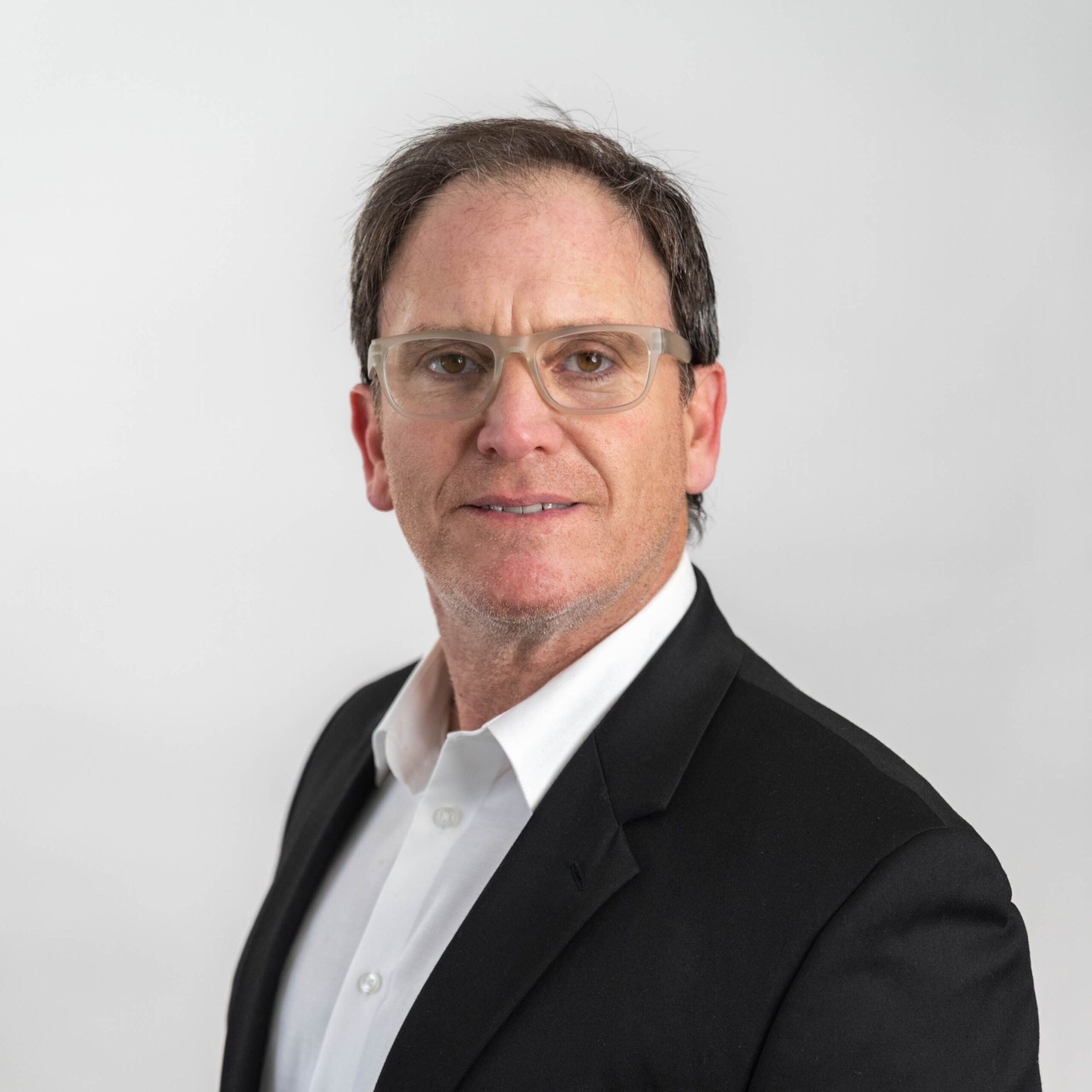
Over 20 million people in the US have a Substance Use Disorder (SUD). Active Addiction is when someone is currently experiencing a SUD. This is a complex chronic condition in which a person uncontrollably uses a substance such as alcohol, tobacco or illegal drugs.
Despite the negative consequences for their day-to-day life, people keep using the substance, knowing it will cause problems. In this article, I explain more about active addiction, its signs and symptoms, causes and risk factors, and treatment options.
What Is Active Addiction?
The American Society of Addiction Medicine (ASAM) defines addiction as a chronic brain disorder. Addiction is not because of a lack of willpower, or making bad decisions in life. Addiction changes your brain chemistry. Addiction affects multiple brain circuits, including those involved in reward and motivation, learning and memory, and inhibitory control over behavior. That is why addiction is a brain disease.
Nearly all addictive drugs target the brain’s reward system by flooding it with dopamine. Dopamine is a neurotransmitter present in the regions of the brain that regulate movement, emotion, cognition, motivation, and reinforcement of rewarding behaviors. At normal levels, this system rewards our natural behaviors. Overstimulating the system with drugs, however, strongly reinforces the behavior of drug use, teaching the person to repeat it.
The use of substances takes place on a spectrum from:
- Experimentation or prescription use
- Occasional use (or using prescriptions not as directed).
- Heavy use
- Substance use disorder (Active Addiction)
Occasional use/misuse refers to occasional episodes of substance use rather than chronic, habitual or patterned use. However, even a few episodes of taking certain substances can lead to tolerance and dependence. Tobacco, heroin, cocaine, alcohol, cannabis, and benzodiazepines are all substances to which you can develop tolerance and dependence.
The current version of the DSM-5, The Diagnostic and Statistical Manual of Mental Disorders (DSM-5), uses the term substance use disorder, with three subclassifications—mild, moderate, and severe and four major groupings of symptoms:
- Impaired control
- Social impairment
- Risky use
- Pharmacological criteria (i.e., tolerance and withdrawal).
The DSM-5 defines 10 or 11 diagnostic criteria (depending on the substance) occurring within a 12-month period:
- Mild: 2-3 criteria
- Moderate: 4-5 criteria
- Severe: 6 or more criteria
Understanding the levels of active addiction is important for someone to recognize their own pattern of use or abuse. As well, it’s important for loved ones and friends to also recognize these.
Common Signs and Symptoms of Active Addiction
Signs of addiction include:
| Behavioral | Social | Physical | Psychological |
|---|---|---|---|
| Lack of control, with inability to stay away from a substance or behavior | Decreased socializing, ignoring relationships | Withdrawal symptoms | An inability to stop using |
| Ignoring risk factors, like shared needles | Abandoning commitments | Needing higher dosage for effectAppetite changes | Use and abuse of substances continue despite health problems |
| Problems with memory, attention and decision-making | Sacrificing formerly pleasurable activities | Appetite changes | Dealing with problems by using |
| Being secretive | Sleeplessness | Obsession | |
| Letting go of hobbles | Change in appearance | Taking risks | |
| Being in denial and/or hostile | Weakened immune system | Taking an initial large dose | |
| Financial issues | Weakened liver | ||
| Legal issues | |||
| Maintaining a good supply |
Impact on Daily Life
Some people are more vulnerable to becoming an active addicts. This generally depends on the impacts of genetic makeup, age of exposure to drugs, and other environmental influences. Initially, a person chooses to take drugs.
However, with time the effects of prolonged exposure on brain functioning affect the ability to choose. As a result, seeking and using the drug becomes compulsive, often beyond the person’s ability to control it. The result is that addiction can disrupt so many aspects of a person’s life.
Treatment Options
Treatment is not simple as active addiction can be so complex. Effective treatment programs typically incorporate many components, with each targeted to a different aspect of the illness and its consequences.
There are a variety of evidence-based approaches to treating addiction. This can include behavioral therapy such as Cognitive Behavioral Therapy (CBT) or Contingency Management, Medications, Alternative therapies and Exposure Therapy among others. The specific treatment or combinations depend on the person’s needs and on a medical and therapeutic assessment.
At The Encino Detox & Recovery Center we offer our relational model of care. It was designed to re-introduce men and women to themselves, in a more loving way. Free from the negative effects of addiction and addictive behaviors that have led to unwanted consequences and loss.
The therapeutic relationships at The Encino Recovery and Detox Center promote ideas, creativity, connection, and long-term sobriety. These valuable relationships will help you or your loved ones find freedom from the long-term isolating effects of addiction. The mental health component consists of a team of licensed clinicians who run special therapeutic groups to meet the individual needs of each client.
We offer trauma recovery, evidenced-based Aggression Replacement Training (ART), Trauma-Focused Cognitive Behavioral Therapy (TFCBT), Dialectical Behavioral Therapy (DBT), group experiences, and other treatment models to best meet the needs of clients.
Help Is Available
At The Encino Recovery and Detox Center, we don’t just treat addiction; we nurture the spirit, heal the mind, and empower individuals to reclaim their lives. If you or a loved one is on the precipice, seeking a way out of the darkness of substance abuse, remember that help is just a call away. Your journey to wellness, purpose, and a brighter tomorrow begins with that first step. Reach out to our Admissions team now.
Sources
Principles of Drug Addiction Treatment: A Research-Based Guide (Third Edition). 2018. National Institute on Drug Abuse.
Felman A. 2018. What are the Symptoms of Addiction. MedicalNewsToday


















